
I am happy to declare there is no such thing as a normal spring in the South. Or, perhaps, unpredictability is what is normal. For Southerners, spring often seems early or late—but never right on time. Often spring-flowering bulbs are the litmus test we use before we make our pronouncements on the punctuality of spring. Some of our spring-flowering bulbs, such as daffodils (Narcissus spp. and cvs., Zones 3–9) and snowdrops (Galanthus nivalis, Zones 3–8) start making themselves known as early as January. By mid-April, many go-to spring-flowering bulbs have faded, and our minds turn to planting annuals. However, how you approach after-care for spring-flowering bulbs in your garden is important and can lead to greater longevity.
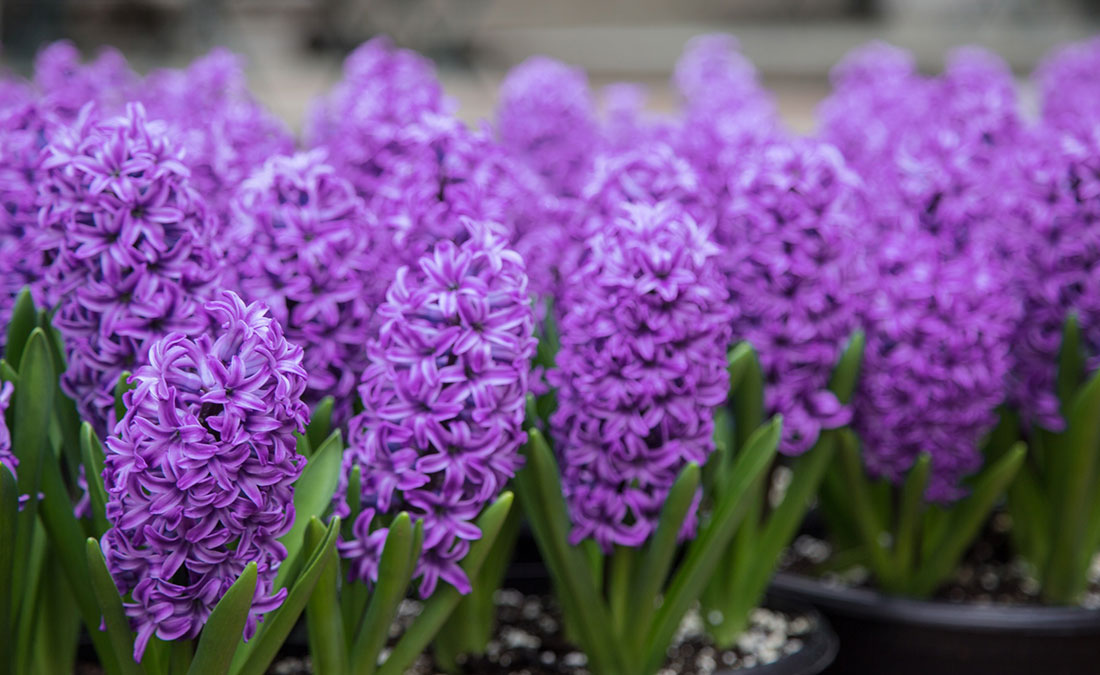
Treat some bulbs as annuals
The South is not always the most hospitable environment for a few of the most popular spring-flowering bulbs. Chiefly, tulips (Tulipa spp. and cvs., Zones 3–8) and hyacinths (Hyacinthus orientalis, Zones 4–8) are normally not long-lived. As a general rule, these bulbs tend to look good during their first year and then flag in quality during subsequent years. Don’t hold back planting these bulbs in the fall, but it’s best to treat them like annuals that are removed (bulb and all) after bloom. This is truly the only way to get a consistent and reliable show. There are some lesser-known species of tulips that can perennialize in the Southern garden. For a deep dive on these, check out this article.
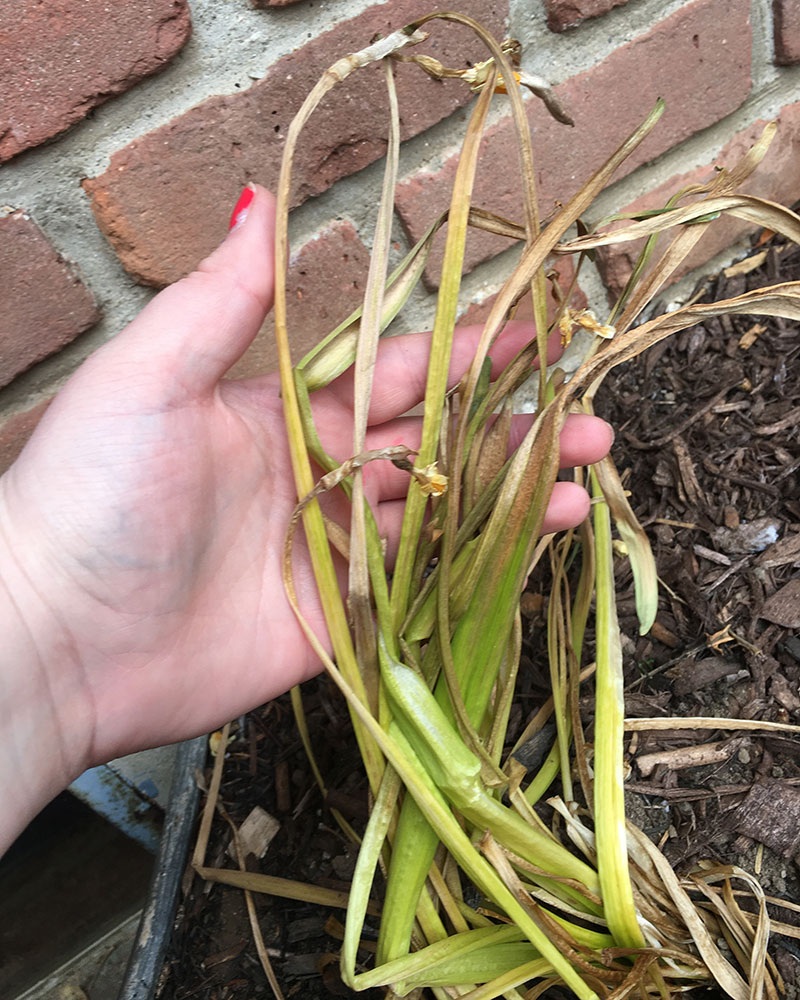
Let foliage fade
The most commonly planted spring-flowering bulbs in the South are daffodils, snowdrops, grape hyacinth (Muscari armeniacum, Zones 4–8), and crocuses (Crocus spp. and cvs., Zones 3–8). Each of these requires some specialized care; however, there are some universal basics. The main recommendation for all of them is to let the foliage die down naturally. Unfortunately, this can be a bit unsightly for some gardeners. One option is incorporating bulbs and herbaceous perennial plants together in the garden. For example, daffodils and daylilies (Hemerocallis spp. and cvs., Zones 3–10) make a wonderful companion planting. Just as the daffodil flowers fade, the foliage from the daylilies is there to mask the senescing foliage.
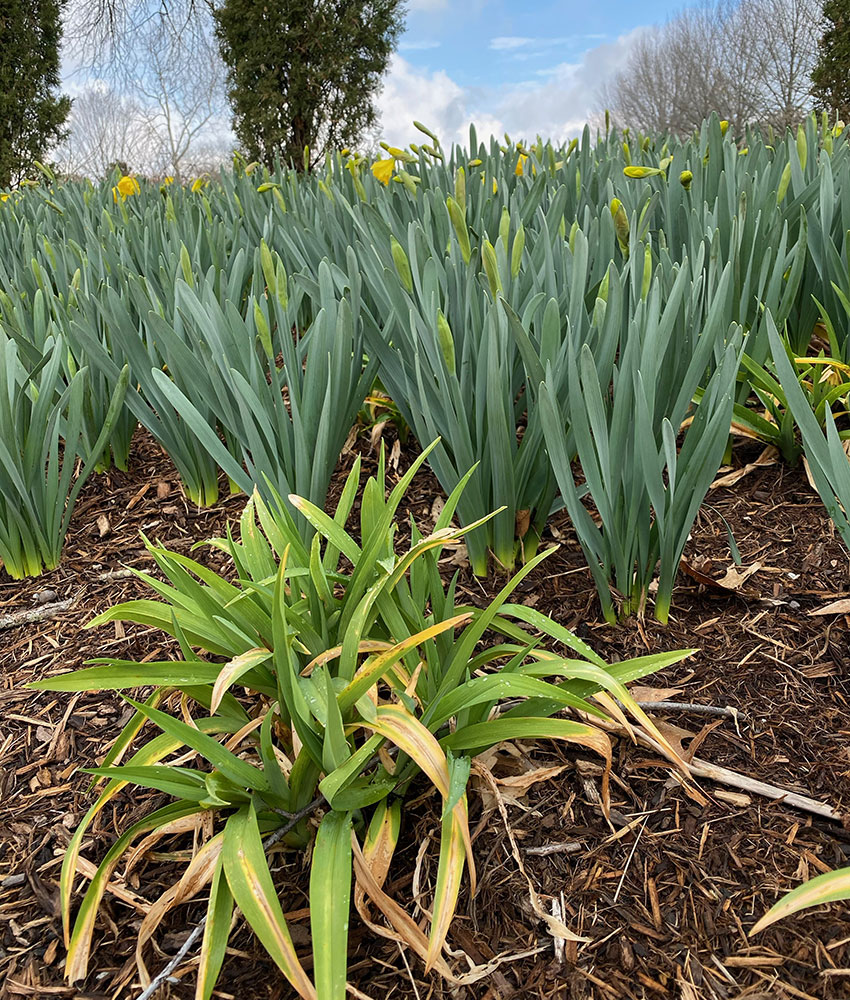
I reached out to Chris Wiesinger, known as “The Bulb Hunter,” from the Southern Bulb Company for his advice on taking care of spring-flowering bulbs after they bloom. He replied, “After-care of spring-flowering bulbs starts with pre-care! If you can’t let foliage die down naturally, or if you have an overactive weed eater or mower in the family, plant bulbs in the safety of other perennials in your flower bed that will leaf out and hide the bulb foliage. Remember that dying foliage is a superhighway of nutrients that are being sent to the bulb as it prepares for a summer dormancy. Don’t cut off its food supply.”
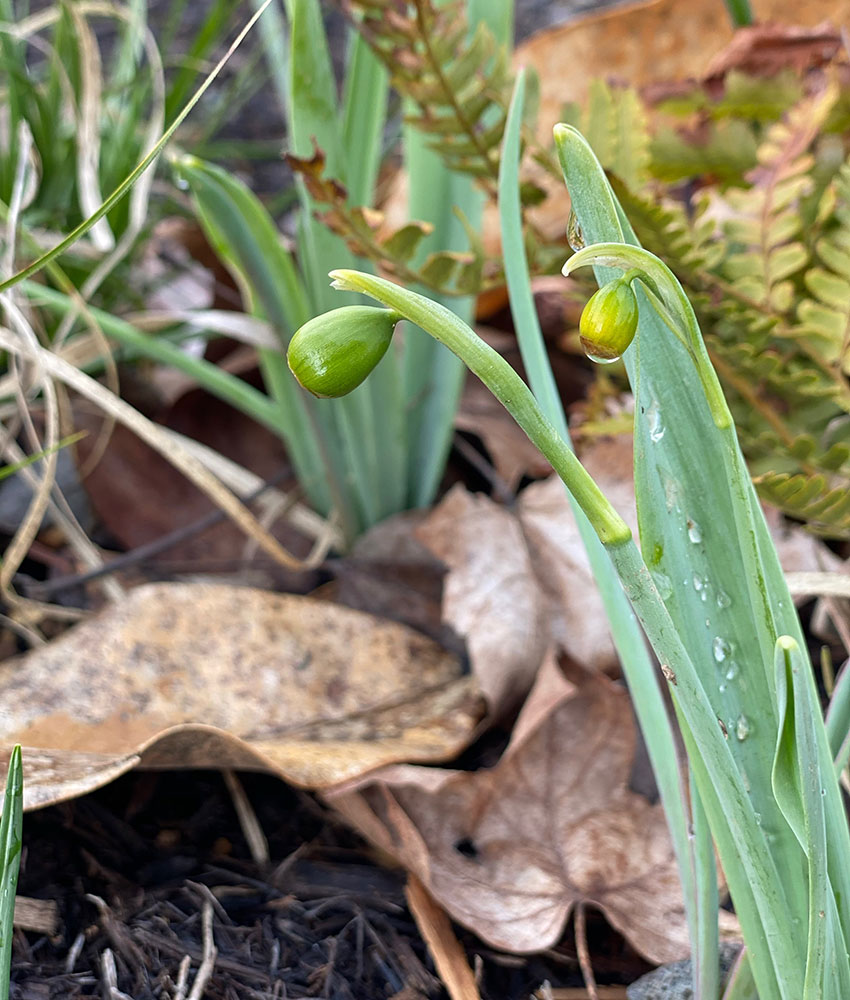
Help save energy
If you have extra time on your hands, you can also remove any seed heads that form on your bulbs after they flower. This will reduce the amount of energy going to seed production. This is a good practice but is not as critical as leaving the foliage until it completely yellows and fades.
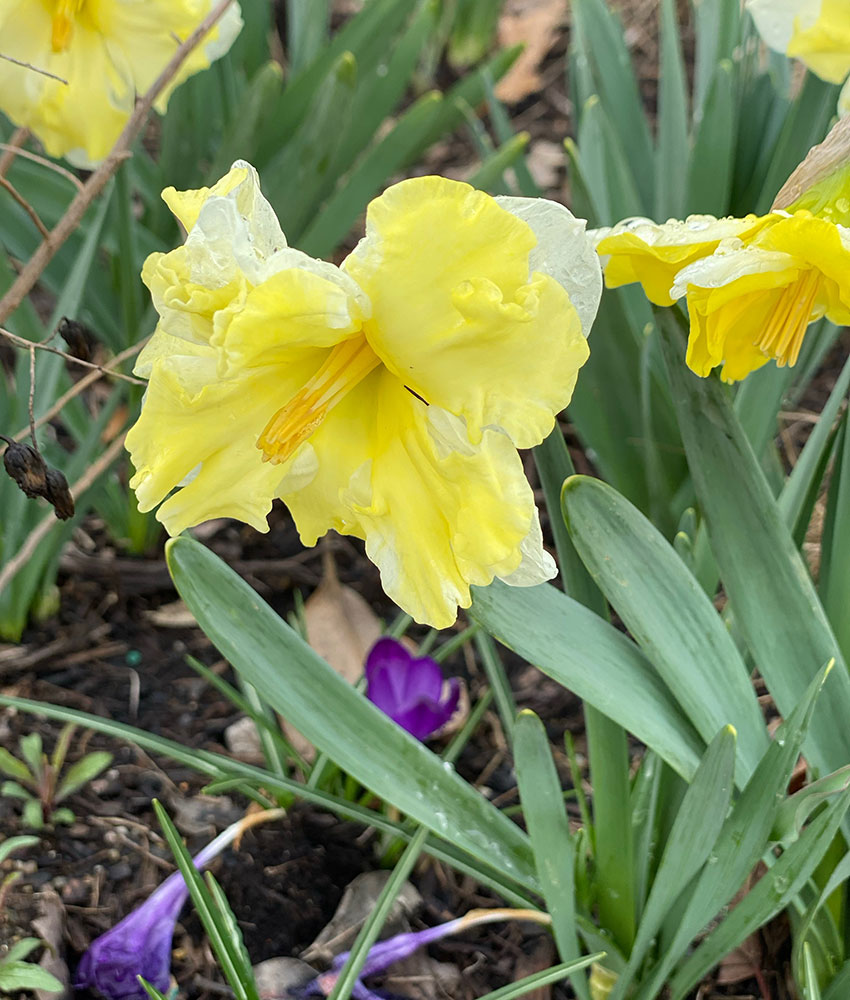
Plan for next year
As spring transitions into summer, take note of the spring-flowering bulbs you really enjoyed this year. Do some investigation on bulbs that thrive in your area. For many of our common spring-flowering bulbs, cultivar selection matters. As you move farther South, you need to be even pickier with the ones you choose if your goal is garden longevity. This fall you may want to go beyond the average in your home landscape. Check out the following resources for unique bulb cultivars:
• Unique Bulbs for the Southern Garden
• Extraordinary Spring Bulbs to Plant in Fall
• Best Spring-Flowering Bulbs
—Andy Pulte is a faculty member in the plant sciences department at the University of Tennessee.


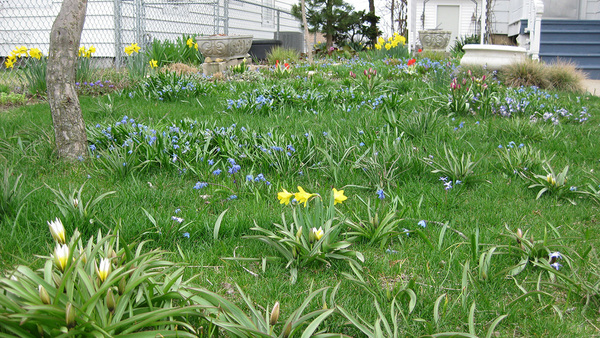















Comments
Log in or create an account to post a comment.
Sign up Log in